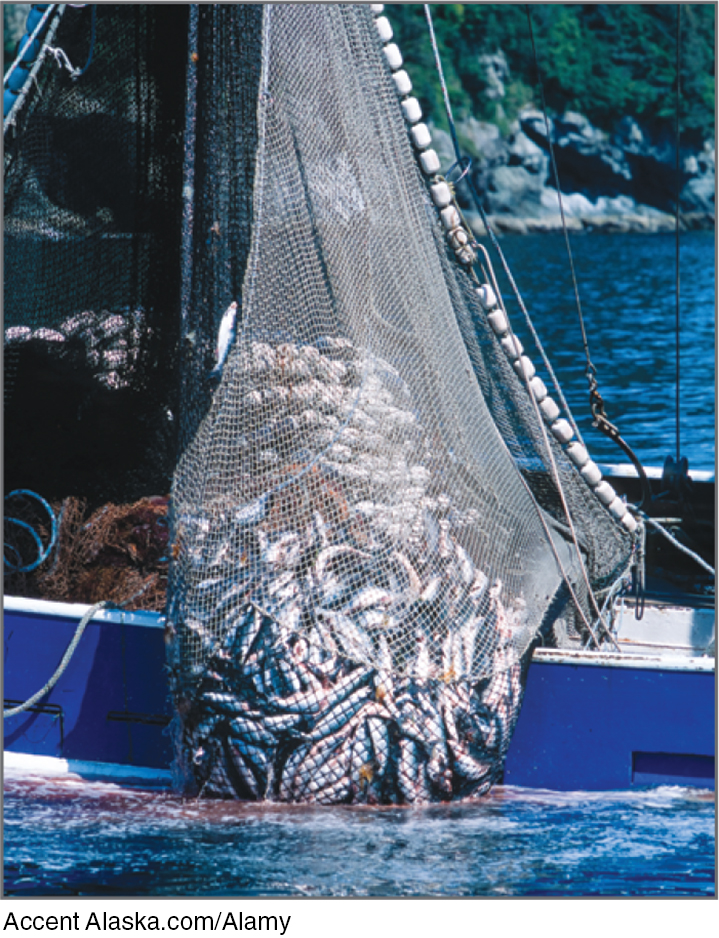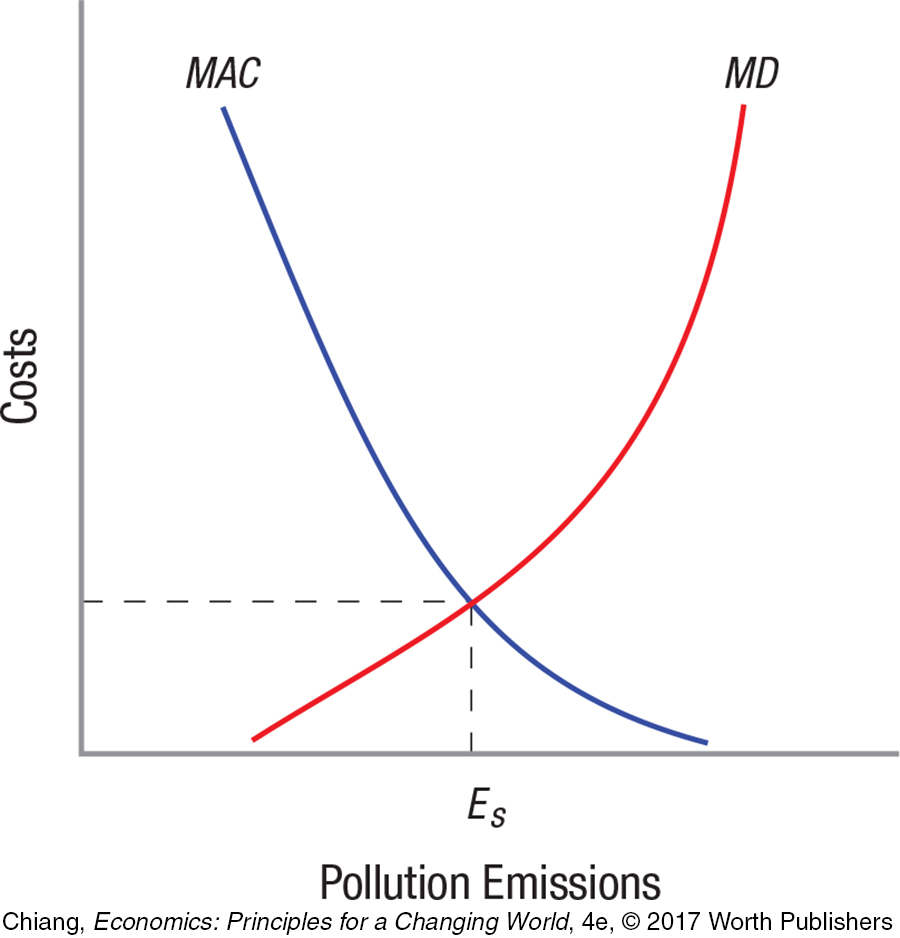chapter summary
chapter summary
Section 1 Externalities
13.1 Externalities, or spillovers, arise when a transaction benefits or harms parties not involved in the transaction.
Externalities lead to market failure when external benefits or external costs push markets away from the socially optimal output.



13.2 The Coase theorem suggests that when transactions costs are near zero, bargaining between parties will lead to an efficient allocation of resources no matter how property rights are allocated.
Example: If students have the right to party, the neighbors can pay the students to stay quiet. If neighbors have the right to a quiet environment, students can pay the neighbors for the right to party. Either way, those with the property rights can exercise their rights or accept payment to forgo the rights.

Section 2 Public Goods
13.3 Public goods exhibit two characteristics:
Nonrivalry: One person’s consumption of a good does not reduce the availability of that good to others.
Nonexcludability: Once a good has been provided, no consumer can be excluded from consuming the product.
Public goods lead to market failure when individuals lack the incentive to pay for them, leading to such goods being underprovided.
13.5 The health care industry exhibits characteristics of public goods because of the free-
13.4 Common property resources are owned by the community, and therefore individuals tend to overuse and overexploit them.

Section 3 Environmental Policy
13.6 Environmental policies depend on the discount rate chosen for how society values events in the future. A high discount rate places a significant burden on future generations, while a low discount rate places a greater burden on the current generation.
13.7 The optimal pollution level in any society is rarely zero. Instead, some pollution is acceptable if the cost of abatement exceeds its benefit. Therefore, optimal pollution levels are found where marginal abatement costs (MAC) equal the marginal damage (MD) caused by pollution. As long as the cleanup costs exceed damage, it would be optimal to allow pollution until MAC equals MD at ES.


13.8 Environmental policy aimed at addressing market failure takes on several forms:
Command and control: Fixed standards for polluters that are enforced through inspections and legal action (does not always lead to optimal pollution levels).
Effluent taxes: A fee that is paid to the government per unit of pollution emitted (can lead to optimal pollution levels if the fee is set appropriately).
Pollution permits: Also known as cap-
and- trade, allows firms to buy, sell, and trade permits to pollute (can lead to optimal pollution levels).
Section 4 The Economics of Climate Change and Sustainable Development
13.9 Global climate change is a huge global negative externality accompanied by public goods aspects and extremely long time horizons, making the inherent market failure difficult to address.
Equity issues arise when some countries (often developed) pay significantly more to reduce global climate change than developing countries.
13.10 Solutions to global climate change require countries and corporations to engage in sustainable development. Individuals can do their part by taking actions to reduce fossil fuel usage through conservation efforts in everyday life.
